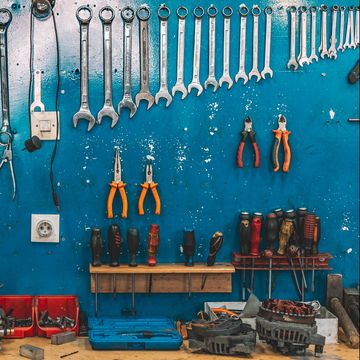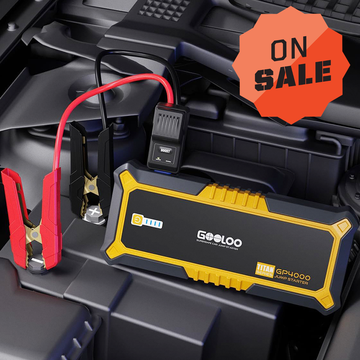(Photo by Jeong Suh/Bryan Christie Design)
At the 2013 Tokyo Motor Show, Nissan suggested an idea at once futuristic and intuitive: Automotive components should be quickly and easily replaceable with the help of a 3D printer. The IDx NISMO concept featured removable fenders that could be hypothetically upgraded with the proper conceptual hardware. One obvious implication was that a tech-savvy track rat could print fattened fenders to fit thicker aftermarket rubber; long-term, it promised a world with everything from suspension components to wheels printed on demand. It sounded great. It also sounded like vaporware. Just how realistic is it?
From a production standpoint, 3D printing, also known as additive manufacturing and rapid prototyping, has myriad advantages over pieces created by computer-numerical-control (CNC) machine work. The latter requires tremendous time and brain power to design the milling process. Most notably, material cost plummets when you're not cutting shapes from excess material, as you do with any CNC setup. But plastic, the customary media for modern rapid prototyping, lacks the necessary strength-to-weight ratio for most automotive components. So the fiction-to-fact turning point for car parts is the advent of 3D-printable carbon fiber.
READ THIS: Get a Crash Course in 3D Printing from Christian von Koenigsegg
Right now, that's actually possible with the brand-new MarkForged Mark One printer, which can print parts from continuous carbon fibers. Previously, only short fibers could be used in 3D printing, which limits strength and stiffness. The Mark One means the 3D-printing process can now create finished parts, not just prototypes, that match the strength and durability of those molded or machined from high-performance composites.
The man behind MarkForged, MIT-educated aerospace engineer Greg Mark, comes from the racing world. His first company, Aeromotions, built carbon-fiber wings for motorsport the old way: laying up material by hand, with huge delays between engineering and manufacturing. And given that every wing was built specifically for each model, the material waste and long delivery time line ensured that even expensive wings barely turned a profit.
But once you can print carbon fiber, the cost model shifts. Manufacturing time evaporates, and iterating and troubleshooting become almost immediate. Schedule a track test, capture data, then build new ground-effects components or bodywork right at the track—just hit "print" and come back four hours later.
READ THIS: You Can 3D Print these Free Honda Concept Car Models at Home
That potential has drawn the interest of several Formula 1 teams. "Imagine how quickly they could experiment with different downforce models between races," Mark notes, without naming the interested parties. That nimbleness could also benefit automakers. "You could build an entire car frame in just a week or print suspension components to update a vehicle during its life cycle," Mark says.
Working parts are trickier, but the potential is huge because printed carbon allows for precise construction with a far higher carbon-to-resin ratio. And mass-production applications won't have to make identical parts: With a set of fixed body dimensions and mounting points, manufacturers could build custom interiors while still using factory assembly, by printing bespoke parts right at the line.
For now, buying a replacement fender is still cheaper than printing your own. But three years ago, Mark didn't know he could 3D-print carbon fiber. Who knows what will be possible in 2017.
READ THIS: Print Yourself a 3D Porsche Cayman
Originally published in Road & Track.

Michael Frank has been a contributor to Road & Track, Hagerty, Men’s Journal, Adventure Journal and Outside magazines. His cars have included a battered Ford Capri, a 1960 VW Beetle, and eventually a '92 Miata.













